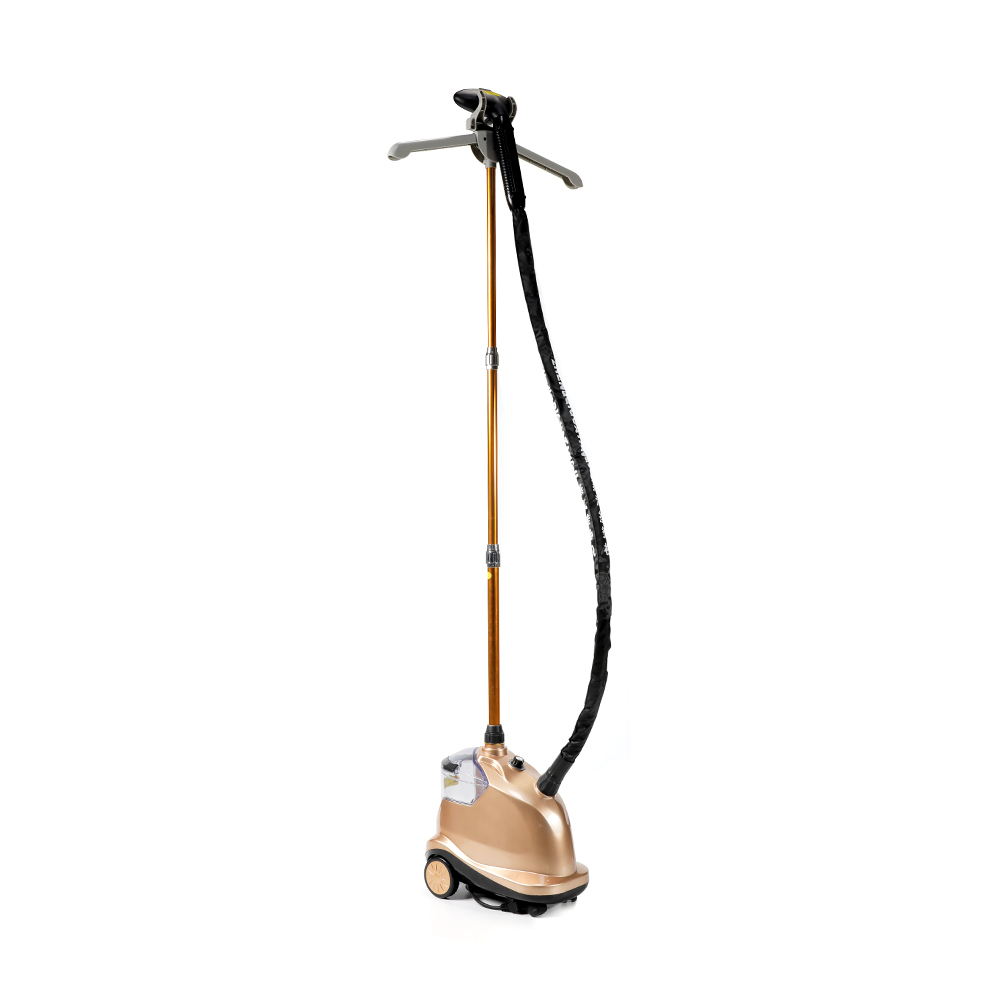In recent years, garment steamers have seen a surge in popularity, revolutionizing the way we approach clothing care. What was once considered a niche product for professional use is now a household staple, appreciated for its ability to provide quick, efficient, and gentle fabric care. The garment steamer industry is expanding, driven by increasing demand from both consumers and businesses seeking a more convenient, time-saving solution for garment care.
A Shift in Consumer Preferences
The growth of the garment steamer market can be attributed to shifting consumer preferences toward more efficient and eco-friendly methods of clothing care. Traditionally, irons were the go-to tool for de-wrinkling and refreshing garments, but garment steamers have gained favor due to their ability to remove wrinkles without the need for direct contact with fabrics. This gentle approach makes steamers suitable for delicate fabrics like silk, wool, and lace, which are often damaged by the intense heat of conventional irons.
Garment steamers are also faster and easier to use. With just a few strokes of steam, users can eliminate wrinkles and refresh clothes in minutes, without the hassle of ironing boards or pressing down on hot surfaces. This simplicity and speed make garment steamers the preferred choice for busy individuals, professionals, and even travelers who need to keep their clothes looking sharp with minimal effort.

Innovations in Garment Steamer Design
Manufacturers in the garment steamer industry are continuously innovating to meet consumer demand for more powerful, efficient, and user-friendly models. Modern garment steamers come in various shapes, sizes, and functions to accommodate different needs. For example, handheld steamers are compact and portable, making them for travel or small spaces. These models are easy to store and can be used on everything from clothing to upholstery and curtains.
Meanwhile, larger, more advanced steamers are designed for commercial use. These steamers are equipped with robust features, such as higher steam output and larger water tanks, which are ideal for garment care in retail stores, hotels, or dry-cleaning businesses. Some models also include detachable water tanks, allowing users to refill the steamer without needing to wait for it to cool down, ensuring a continuous steam process.
A key feature that has also evolved in recent years is the incorporation of "dual-use" functionality. Some garment steamers now feature a detachable fabric brush or a built-in lint remover, further increasing their versatility and making them an all-in-one solution for garment care.
Environmental Benefits of Garment Steamers
As environmental consciousness grows, many consumers are turning to garment steamers as a more eco-friendly alternative to traditional ironing. Steamers require less energy than irons, especially when used in quick bursts. Unlike irons, which often take time to heat up and need to maintain high temperatures for extended periods, garment steamers heat up rapidly and consume less electricity during use.
Additionally, steamers do not require the use of water-softening chemicals or fabric softeners, reducing the environmental impact of the washing and drying process. By simply using steam to lift wrinkles, steamers help extend the life of garments by reducing wear and tear caused by excessive heat exposure from traditional ironing. This gentle approach also reduces the need for frequent dry cleaning, further cutting down on harmful chemicals and water waste.
The Future of Garment Steamers
Looking ahead, the future of the garment steamer market is promising. As consumers continue to seek convenience and efficiency in their daily routines, the demand for garment steamers is expected to grow, not only in the consumer market but also in commercial sectors. Innovations in steam technology will likely lead to even faster heat-up times, increased steam pressure, and the development of more advanced features such as smart technology integration.
Smart garment steamers, for instance, could feature automated temperature settings, adjustable steam levels, and even app connectivity for remote control. With smart home technology on the rise, a garment steamer that can be controlled through a smartphone or integrated into a broader home automation system would appeal to tech-savvy consumers.
Another area of development is sustainability. Manufacturers are expected to focus on creating more eco-friendly models, using recycled materials, energy-efficient components, and designing products with longer lifespans. This aligns with the broader consumer trend toward sustainability, which has already reshaped industries ranging from fashion to home appliances.